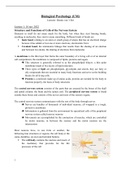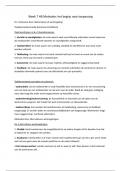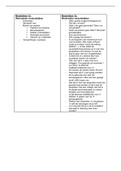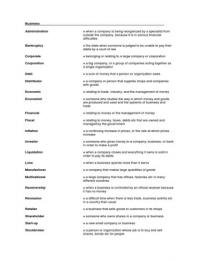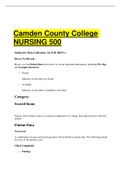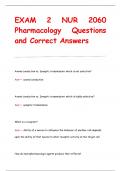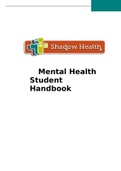College aantekeningen
Uitgebreide College Aantekeningen Biological Psychology (UM)
- Instelling
- Vrije Universiteit Amsterdam (VU)
Uitgebreide college aantekeningen van het vak Evolutionary Psychology (2022/2023) in het Engels geschreven. Er wordt gebruik gemaakt van voorbeelden en en afbeeldingen om de tekst/begrippen duidelijker te maken.
[Meer zien]
